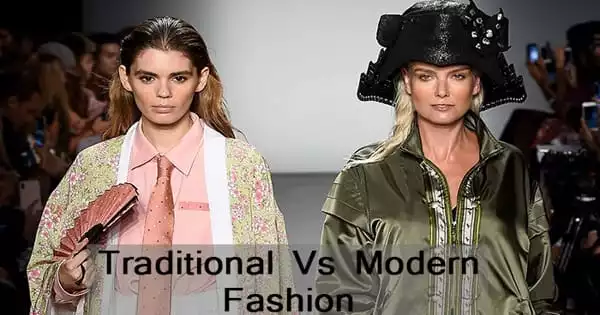A fair observer would agree with the statement on the surface. Who among us would not want to be able to move around freely and independently? Why should we deny this right to animals and birds as well? “Animals and birds are meant to be free and not kept in cages.” What are your thoughts?
All caged birds are either captured or bred in captivity. In the wild, these beautiful beings are never alone, and if they are separated from their flockmates even for a brief moment, they call wildly. They are flock-oriented, preening each other, flying together, playing, and sharing egg-incubation duties. Many bird species mate for life and share parental duties. In the wild, most birds will not take a second mate if their first is lost.
Birds in captivity frequently die as a result of malnutrition, an unsuitable environment, loneliness, and the stress of confinement. Birds are designed to fly and interact with other birds of their kind in their natural habitat.
In the past, the author had some pet birds. He grew fond of these kissing budgies over time. He soon realized, however, that the creatures he adored had wings and were designed to fly and soar into the vastness of space. His pets were not meant to be imprisoned in a cage, just as he would be happy exploring the world rather than being confined to a box. He had to let them go if he loved them and wanted them to be happy. His heartfelt lighter after releasing them, and he knew he had done the right thing. Since then, he has not kept any birds.
He recently returned from a trip to Pattaya, Thailand. He noticed a chained elephant pacing up and down dully and fretfully while he was there. It was heartbreaking to see such a magnificent, fully grown creature in captivity, with its long, beautiful white tusks. Though it was kept there after a tourist walking tour, he felt sorry for it because it had lost its freedom and independence.
However, there are some situations in which animals must be kept in cages. We must recognize that animals provide food. Animas are raised primarily for their meat. They meet Man’s nutritional needs by providing protein and fat. Not every man can be a vegetarian. Breeding cows in cowsheds for milk and fowl in cages is a necessary evil, especially in an age when farming land is becoming increasingly scarce.
Some animals, once again, are kept as pets. Dogs may have wild wolf ancestors, but they have been domesticated. Even the vicious Alsation police dog has lost a lot of its aggressive instincts. Pet animals such as dogs, rabbits, and cats, as well as their offspring, are accustomed to being cared for by their owners. In exchange for their companionship and affection, they live in a safe environment with meals provided. In this case, the author does not consider it cruel to keep these animals in cages when their masters are not present.
According to a recent article in the Straits Times, animal lovers and birdwatchers are always eager to jump on the ethics of confining birds in cages and breeding them for mass markets. Dr. Quek, an animal expert, and breeder, was quoted as saying, “True, wild birds should never be kept in cages. Human-bred birds, on the other hand, are a different story.” A tame parrot released into the wild would struggle to survive in such a hostile environment. Scientists are always looking for new ways to improve man’s health. Animals’ biological make-up is very similar to that of humans. As a result, rats, hamsters, or frogs may be kept in containers for experiments. For this purpose, the author considers it a necessary evil.
For his own benefit, man has destroyed a large portion of his environment, such as forests. Some wild animals, such as lions, snakes, and birds, may face extinction as a result of this process. They may struggle to survive once their natural habitats have been lost. In these cases, the author believes that if a wild animal, such as a lion, is allowed to roam and endanger humans, it should be kept in zoos not only for public education but also for its own survival. In addition, certain birds, such as the hornbill, and animals, such as polar bears, are now reproducing within animal enclosures. If left to their own devices, these species may become extinct as a result of poachers’ predatory actions.
Many animals, particularly endangered species such as tigers and rhinos, are illegally slaughtered for commercial purposes. We are actually preventing their extinction by keeping them in cages. Some zoos, for example, have breeding programs for rare animals that could be targeted by poachers if left in the wild.
There are panda and tiger parks on the mainland. However, only a few of these animals are confined. The others are free to roam the park in their natural habitat. They are also well cared for. To summarize, I believe that living creatures should not be confined by Man and should be allowed to live freely wherever possible. The examples I’ve given are the exceptions.
















